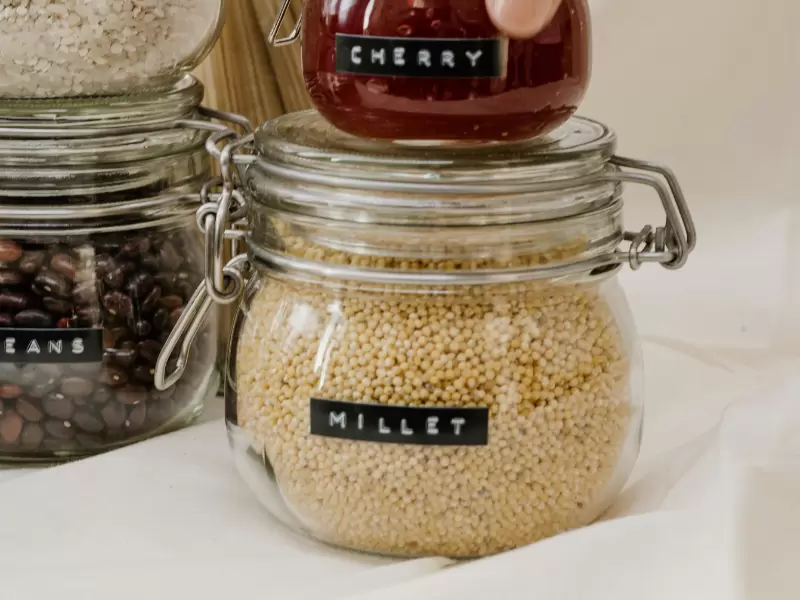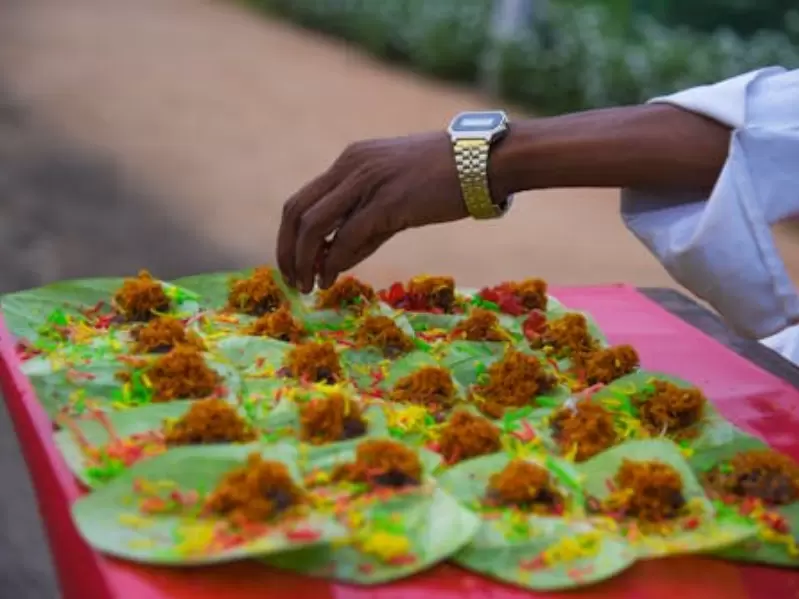Millets rising: From Ayurveda’s kitchens to diaspora shelves
A daily serving of millets helps control weight, supports diabetes management and bone health.
 Representative image / Pexels
Representative image / Pexels
Bhopal, the capital of the central Indian state of Madhya Pradesh, recently served up a feast with a difference—56 unique dishes, each made with humble millets, prepared not by celebrity chefs but by a team of Ayurvedic doctors.
At the heart of it was the belief that these ancient grains—ragi, kodo, kutki, barley, and jowar— which were once dismissed as “coarse” but are now hailed as ShreeAnna, or sacred grains, hold the key not just to wellness but also to faster recovery from illness.
ALSO READ: WWF recognizes India’s eating habits as world's greenest
Ragi milk, kutki porridge, jowar cakes, millet halwa and laddus—each dish was both familiar and inventive. Behind the experiment are researchers at the Pandit Khushilal Ayurvedic College, who wanted to demonstrate the healing power of everyday grains. Every recipe included drumstick too, valued in Ayurveda for its iron and calcium.
For those who struggle with digesting dairy, the doctors offered ragi milk as an easy and tasty alternative. Soak the ragi overnight, grind it, strain it—and you have a drink that strengthens bones and nourishes the body, they explain.
Their message was deeply practical. A daily serving of barley or sorghum helps control weight. Kutki, rich in minerals, supports diabetes management and bone health. Ragi, packed with iron, is especially recommended for children and mothers recovering from illness.
Millets are more than just food in Madhya Pradesh. Kodo, grown in abundance in the state, makes up nearly 40 percent of its millet production. Farmers here are reimagining millets as tools of both nutrition and livelihood. In Sagar, one young farmer has even created a home-delivery service—turning the idea of a ration shop into what he proudly calls a “nutrition supermarket”.
The journey of these grains doesn’t end in India. In recent years, the Indian diaspora has begun finding shelves of millet products in neighborhood stores across the U.S. After the Covid pandemic, exports surged. One notable consignment in 2023 came from Chittoor in Andhra Pradesh, where rural women, under the district’s Rural Development Agency, prepared a line of millet-based savories—made with pearl millet, foxtail millet, finger millet, and sorghum—and shipped them neatly packed to California.
For many Indian-Americans, seeing these grains abroad is more than nostalgia. It is a link back to family kitchens where porridge, laddus, and upma were once made without fanfare, long before the health industry rediscovered them. Today, millets carry the weight of two traditions—rooted in Ayurveda and rural India, while branching out to meet global appetites for clean, sustainable food.
The UN’s declaration of 2023 as the International Year of Millets only underscored what communities from India to diaspora kitchens already knew: these grains are food for wellness, food for resilience, and food for the future.
ADVERTISEMENT
ADVERTISEMENT
E Paper
Video



1759953093.png) Staff Reporter
Staff Reporter












Comments
Start the conversation
Become a member of New India Abroad to start commenting.
Sign Up Now
Already have an account? Login